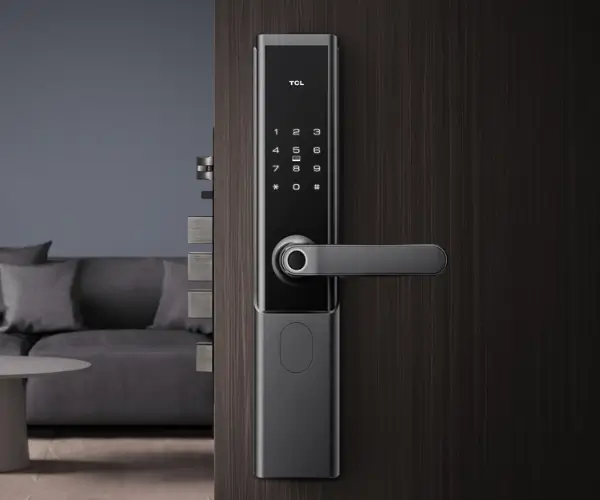Unlocking Precision: The Ultimate Guide to Micro Servo Wiring Diagrams
In the ever-evolving universe of robotics and electronics, micro servos stand out as the tiny marvels that enable robots to attain remarkable precision while maintaining a compact form factor. Whether you’re building a drone, a robotic arm, or an automated camera gimbal, understanding how to correctly wire a micro servo is fundamental to your success. This fascinating component combines electrical ingenuity with mechanical finesse, and mastering its wiring diagram is your gateway to smooth, responsive movements.

The Marvel of Micro Servos
Micro servos are miniature rotary actuators designed to control angular positions with precision. Their size varies but generally stars around 1 to 2 centimeters in height, making them perfect for projects where space is limited yet control is paramount. Despite their tiny stature, they pack a punch, offering high torque, quick response times, and a simple interface—usually just three wires.
Understanding what these three wires do is your first step:
Power (Vcc or +): Supplies the necessary voltage to operate the servo motor. Ground (GND or -): Completes the electrical circuit, providing a return path. Signal (PWM or control): Carries the pulse width modulation signal that instructs the servo on how to position its shaft.
Now, connecting these wires properly ensures your servo performs effortlessly and safely, without glitches or damage.
Breaking Down the Micro Servo Wiring Diagram
A typical micro servo wiring diagram may seem daunting at first. Still, with clarity, it becomes an easy-to-follow blueprint. Let's delve into each component:
1. Power Supply and Grounding
Most micro servos work at a voltage range between 4.8V and 6V. A common choice for power is a 5V source, which is standard for many microcontroller platforms such as Arduino, Raspberry Pi, or other embedded systems. Connecting the Vcc wire of the servo to this power source provides the energy needed for the motor to turn, while the GND wire connects directly to the ground of your power supply.
Important tip: Avoid sharing power with too many components on the same line to prevent voltage drops that can hamper servo performance.
2. Signal Connection
The control wire—often distinguished by a different color such as white, yellow, or orange—accepts PWM signals. These signals tell the servo how far to turn, often expressed in degrees from a neutral position. For example, a 1.5ms pulse might set the servo to its centered position, while 1ms or 2ms pulses command it to move to its extreme ends.
Connecting the signal wire correctly is crucial because it acts as the “brain” in your setup. Whether you’re programming an Arduino or another microcontroller, the PWM signal is your primary conduit for motion commands.
Color Coding and Typical Wiring Colors
While not universal, here are some general conventions used:
Red: Positive Power (Vcc) Black or Brown: Ground (GND) Yellow, Orange, or White: Signal (PWM)
Double-check your specific servo model’s datasheet to confirm these colors, since variations exist.
Wiring Your Micro Servo Step-by-Step
Now, imagine you’re assembling your first robotic arm—exciting! Here’s a step-by-step guide:
Identify your power source: 5V DC, often coming from a battery pack or a dedicated power module. Connect the red wire (Vcc): To your 5V power line. Connect the black or brown wire (GND): To the ground terminal of your power source and microcontroller. Connect the yellow/orange/white wire (Signal): To your microcontroller pin designated for PWM control.
Once wired, it’s time for the magic—the code. But before diving into programming, let’s focus on safeguarding your hardware.
Ensuring Safe and Reliable Connections
Loose wires or poor contacts can cause jittery movements or even damage your servo over time. Here are some best practices:
Use soldered connections for permanent projects, or high-quality jumper wires for prototyping. Incorporate a capacitor (about 10uF to 100uF) across the power and ground lines to suppress voltage spikes. Keep signal and power lines away from sources of electrical noise to ensure clean control signals.
Common Pitfalls and Troubleshooting
Even with a clear wiring diagram, things can go awry. Here are common issues and how to address them:
Servo not responding: Confirm wiring is correct, especially the power and ground connections. Jittery movements: Check the power supply; insufficient current can cause instability. No movement at all: Verify your PWM signals are being sent correctly; test with simple code or an oscilloscope if available. Overheating or buzzing: Reduce the load or check if the servo is being driven beyond its specification.
Wrapping Up Part One
Getting your micro servo wired correctly is the gateway to successful robotics projects. It’s a straightforward process, but attention to detail makes the difference between a servo that jitters and one that moves gracefully across its intended range. Remember, your wiring diagram isn’t just a schematic—it’s a map leading to the precise, dependable motion your project demands.
In the second part, we’ll explore advanced wiring considerations, integration with microcontrollers, power management tips, and some creative tips to optimize your micro servo’s performance. Whether you’re a hobbyist or a seasoned engineer, understanding these nuances will elevate your craftsmanship.
Stay tuned for Part 2, where we unlock even more secrets of micro servo wiring mastery!
Kpower has delivered professional drive system solutions to over 500 enterprise clients globally with products covering various fields such as Smart Home Systems, Automatic Electronics, Robotics, Precision Agriculture, Drones, and Industrial Automation.




































